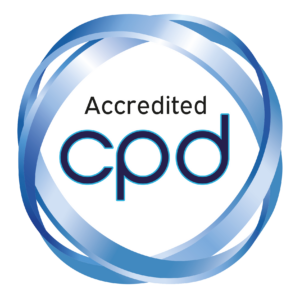If like many people, when you saw the title of this post you thought, “hmmm, we really should be doing that” and had a vague sense of discomfort, do not worry you are not alone!
In our experience at dancing lion, many organisations have let coaching and mentoring slip whilst they survived the pandemic. It has not been the priority.
For those managing teams remotely there have been huge challenges this year. Keeping up morale through zoom or teams, assisting staff to deal with some of the personal problems caused by COVID-19, just keeping business functioning has been a major achievement.
Finding the time for coaching has stopped for many organisations.
Personal and professional development has been put on the back burner.
Yet, as we emerge from the restrictions of the last 9 months, your organisation probably needs to be firing on all cylinders to meet the demands of the time.
If you look at your team(s) now, you may find you have a mix of confidence, skills and experience, length of tenure and ambition amongst members to further their careers.
Perhaps you have people who are set in their ways, comfortable with how they do things and do not want to change. Others who have joined recently and have massive learning curves.
No doubt this is all reflected in the results they achieve.
So, how can you help them with their different needs?
A structured training programme may be the answer, delivered remotely or face to face. As important is the reinforcement programme you put in place afterwards to ensure the learning continues and that new behaviours become good habits. This is where your coaches and mentors come in.
Ensure that your mentors and coaches have the capability to build the key skills your organisation needs, including:
- Clearing the backlog of work that has likely built up
- Set learning and performance goals
- Identifying learning and performance gaps
- Troubleshoot performance problems
- Setting up an easy to implement coaching structure
What should the team be coached on? Each organisation has its own performance measures. In an inbound or outbound contact centre, they will include Key Performance Areas (KPIs), such as:
- Number of calls made/received
- Length of time for calls to be answered (including IVR)
- Number of calls resolved first time
- Average handling time
- Number of queries received
- Number of complaints resolved
- Number of satisfied customers
Of course, it is going to take some thought and commitment to make it happen. At dancing lion, we can assist. We have assisted clients across industry sectors in the UK and abroad.
With or without the restrictions caused by the pandemic, if you can harness the experience of your seniors and managers to show leadership, pass on them know how and experience and become change champions, mentors and coaches, your organisation will be one of those that flourishes.




